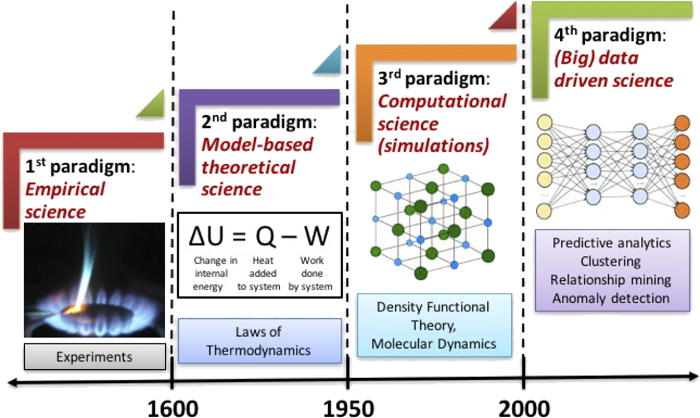Introduction to Quantum Mechanics#
1. The \(\textbf{Schr\"odinger}\) Equation For The Hydrogen-like Systems#
Start form the \(\text{Schr\"odinger}\) equation, the \(\hat{H}\Psi = \hat{E}+\hat{V} = (-\frac{\bar{h^2}}{2m}\grad^2 + V)\Psi\)
The potential \(V\) experienced by two charges separated by some distance \(r\) is best described by a Coulomb term
where \(Ze\) is the charge of the nucleus, (Z = 1 being the hydrogen case, Z = 2 helium, etc.)
\(\epsilon_0\) is the permittivity of vacuum
1.1. Separating The Radial From The Angular Part#
The \(\text{Schr\"odinger}\) equation in Cartesian coordinates is:
Cartesian coordinates. This would work but it would be very tedious, as the mathematics does not display
the symmetry of the physics. Accordingly, we rather exploit the spherical symmetry of the electrostatic potential and perform a coordinate transformation from Cartesian Coordinates (efficient for rectangle shapes) to Spherical Polar Coordinates (efficient for spherical shapes).
 $$
(x,y,z) = (r, \theta, \phi)\\
x = r\sin\theta\cos\phi\\
y = r\sin\theta\sin\phi\\
z = r\cos\theta
$$
$$
(x,y,z) = (r, \theta, \phi)\\
x = r\sin\theta\cos\phi\\
y = r\sin\theta\sin\phi\\
z = r\cos\theta
$$
